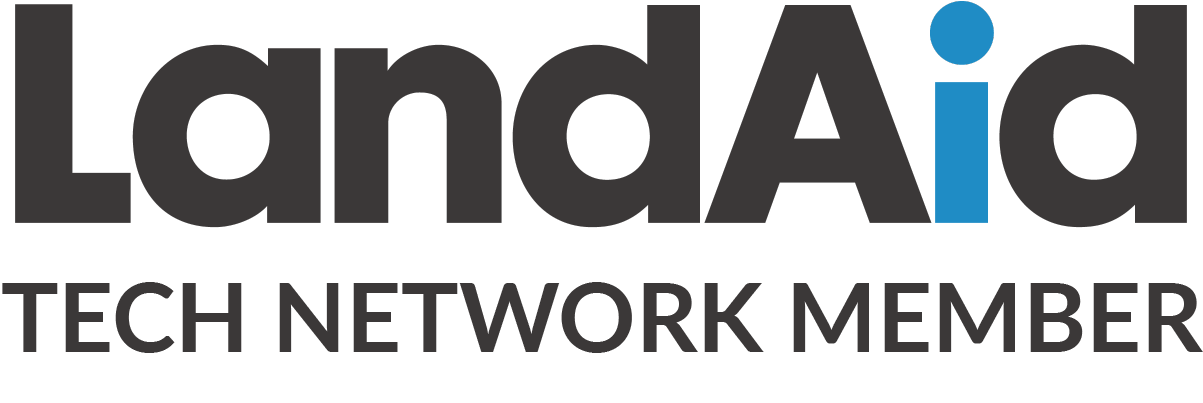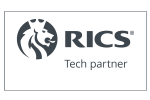On the 1st July 2021, the Government opened up access to UPRN (Unique Property Reference Numbers) identifiers for every property in Great Britain.
What is a UPRN?
A Unique Property Reference Number (UPRN) effectively provides every type of addressable location, including less desirable locations such as an electricity substation or bus shelter, with a consistent 12-digit identifier. The identifier will then be traceable throughout the building’s lifecycle, from planning through to demolition.
The UPRN will be allocated by local authorities and by Ordnance Survey (OS) from a range provided by GeoPlace. The allocation of the UPRN will effectively create a ‘national insurance’ number for physical objects and open up the ability for a ‘Property Passport’ to be developed for every home address. The purpose is to gather and provide data like Energy Performance Certificates (EPCs), council licenses, gas, and electrical safety certificates that will inform potential buyers and renters of the entire life cycle of each and every property.
Currently; there are 29 million ‘chimney pots’ in the UK (2019) with an additional 240,000 properties added to the country’s housing stock in the past few years ( 2018-19). And with the UK Government committed to building around 1.5 million new homes by 2022 there’s going to be a lot of data to track and trace.
So who holds the data and more importantly, why?
The government already uses confidential Unique Property Reference Numbers (UPRN) to tag official data about every home in the country via GeoPlace, the organisation behind the UPRN which is jointly owned by the Local Government Association (LGA) and Ordnance Survey (OS) and has the objective that no public-sector address appears without a UPRN and no street without a USRN.
Updated every six weeks as part of Ordnance Survey AddressBase product, the announcement to open up the data to the public will provide an unprecedented level of information not only to the individual but to local government as it seeks to reduce and qualify costs across local and national government.
How will the UPRN help tenants?
In recent years, the industry has changed dramatically with a much keener focus on health & safety. The introduction, in 2018, of the Fitness For Human Habitation Act has helped the industry to improve property conditions for renters in both social housing and the private rented sector.
The need to improve tenants’ finances and put a stop to exorbitant and unregulated fees resulted in the Tenant Fee Act being introduced in 2019 with the aim to reduce costs that tenants can face at the outset, and throughout, a tenancy.
Another focus on managing the health and safety of property is the introduction of compulsory Electrical Installation Condition Reports (EICR) which comes into effect on the 1st July 2020.
This will mean that property being rented out in England is subject to the legislation. Any tenancy created or renewed on or after July 1st 2020 will require an electrical inspection and a report issued on the condition of the property; this must be performed by a qualified/competent person. With 4.5 million households currently living in the private sector, it is estimated that 2m properties will need to meet the new standards and have an electrical inspection done by April 2021.
The brainchild of The Lettings Industry Council (TLIC); ‘Property Passports’ are the proposed vehicle with which all this information is collated using the UPRN as a way to ‘track and trace’ throughout the rental sector, so tenants and local councils can check the health and safety requirements of rental properties.
What are the next steps?
With all the legislative requirements and documentation that underpins both the lettings process and regulation of the industry, there is a clear need to draw all the property information, health & safety certifications, prescribed rental documents and inventory, interim and checkout reports to one clearly defined central point and create the evidence bundle needed when renting a home in the UK.
“The next phase of the TLIC vision is to engage with stakeholders in the industry, such as GasSafe, customer relationship system providers, deposit schemes and electrical safety certificate suppliers to adopt the UPRN as their property reference number on all certification and documentation,” said chair Theresa Wallace.
“Then, with the development of the Property Passport, the UPRN can be used much like a car number plate, to check safety requirements on privately rented properties have been completed.
“This will give tenants the peace of mind that their property has passed all of its checks and all parties and Local Authorities the transparency they need for improved enforcement.”
To further support and encourage best practices in the industry; Property Inspect will be introducing a UPRN field that will allow the account user to comply with the upcoming changes and to actively engage with the property passport ensuring that every landlord, tenant and building inspector can access vital information that will support the lettings sector and aid compliance.
Steve Rad; managing director says:
“The introduction of the UPRN and Property Passport initiative is yet another positive step by the property industry to help further define and enable the unique identification of property addresses. The current system of ‘matching addresses’ is fraught with issues, misspellings and mismatched formats so trying to maintain a single unique instance of a property, especially between different databases, can and is often near impossible.
UPRNs will solve this issue and allow for greater scope and connectivity of vital information and service between residents, agents and suppliers.”










